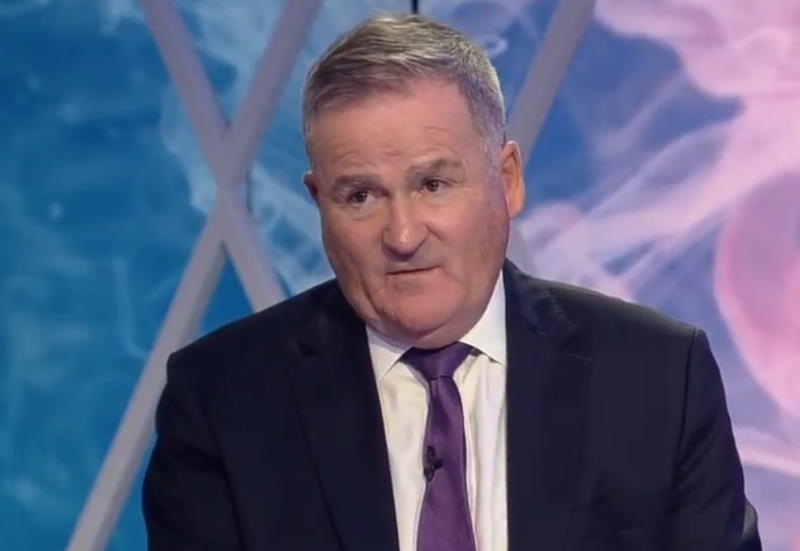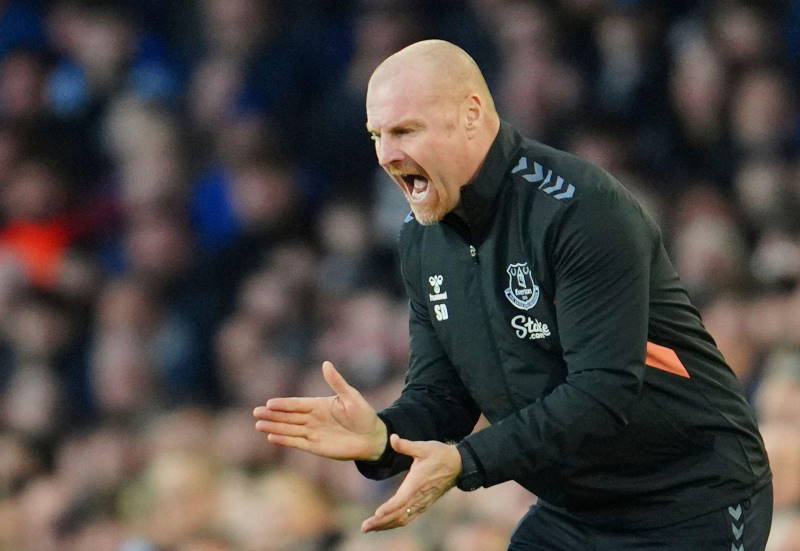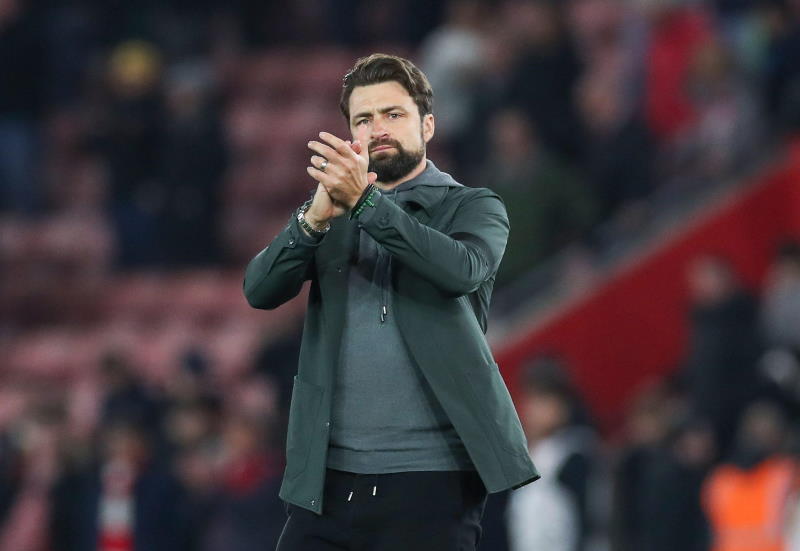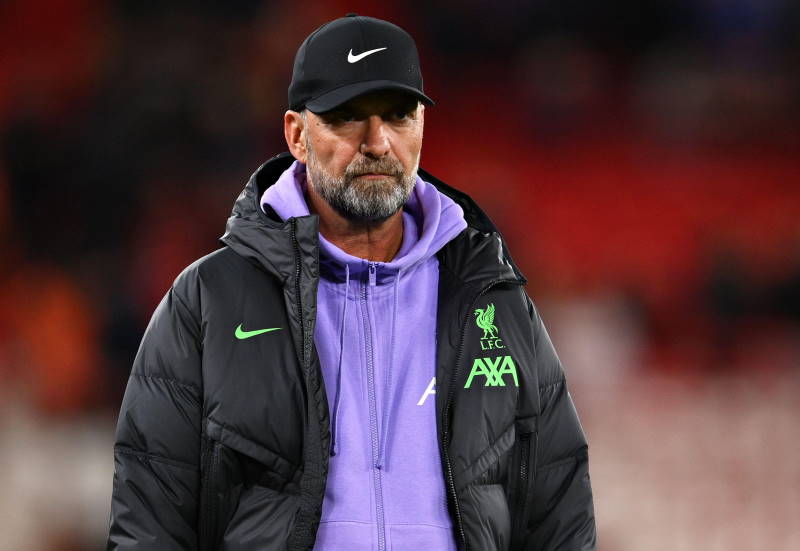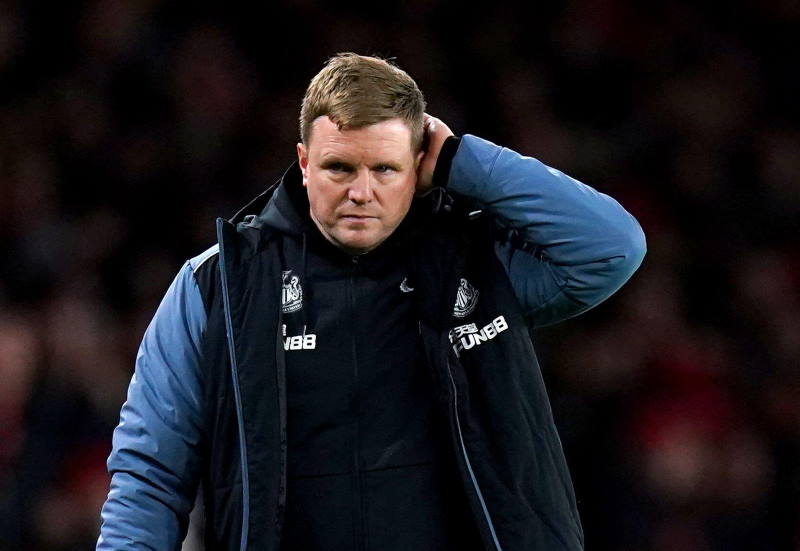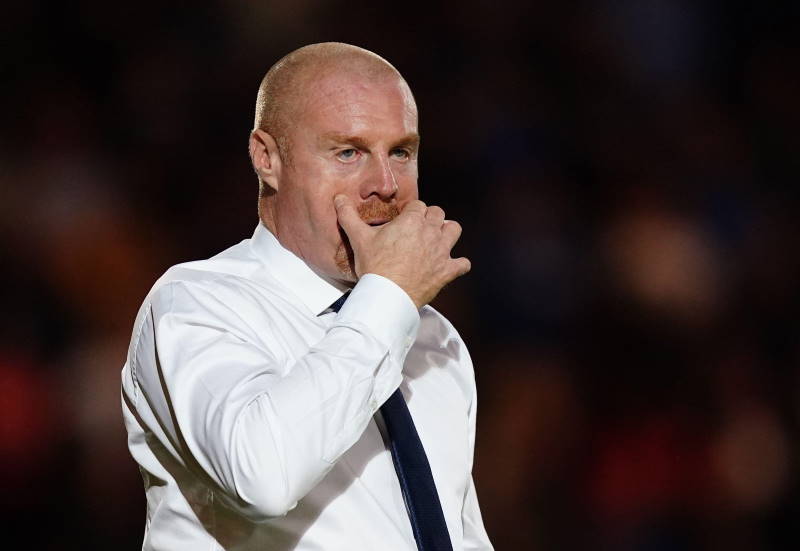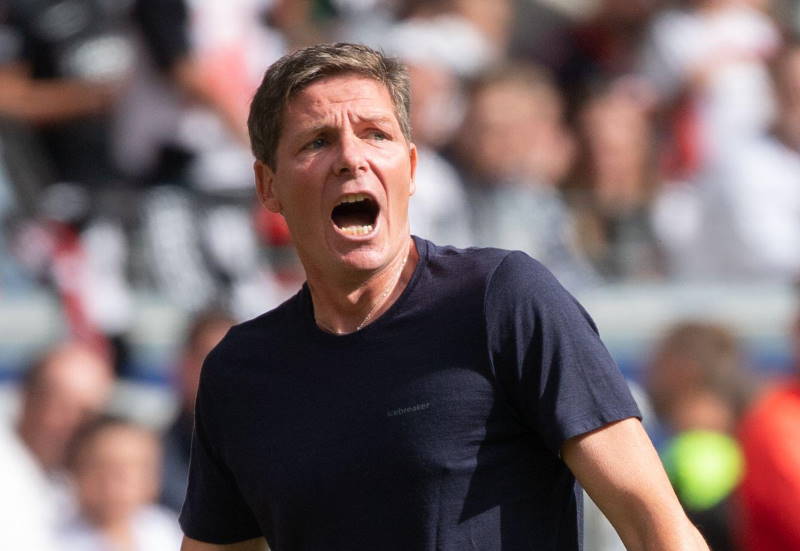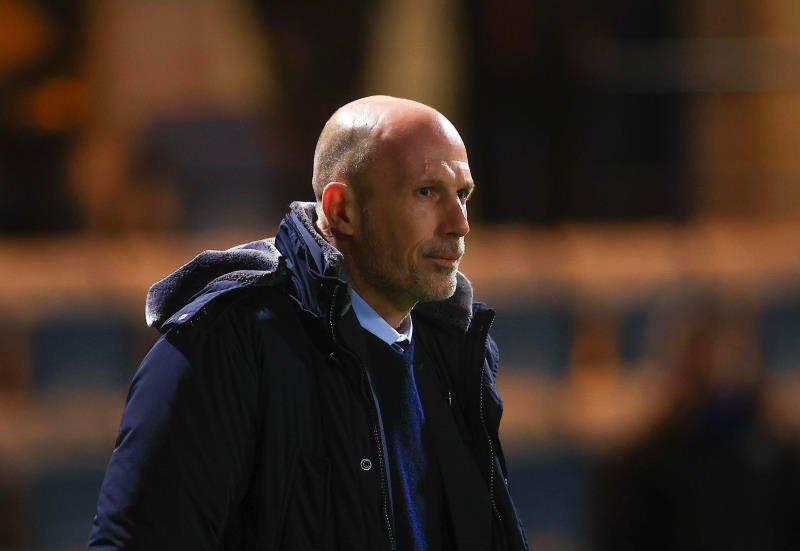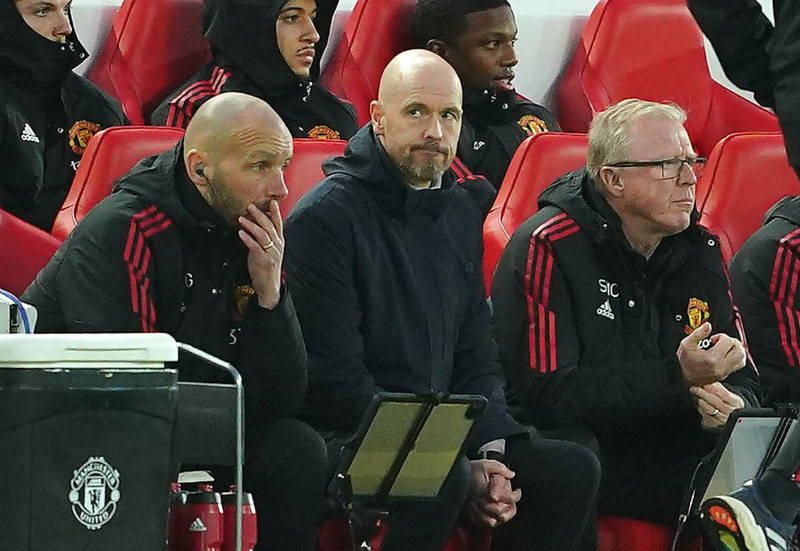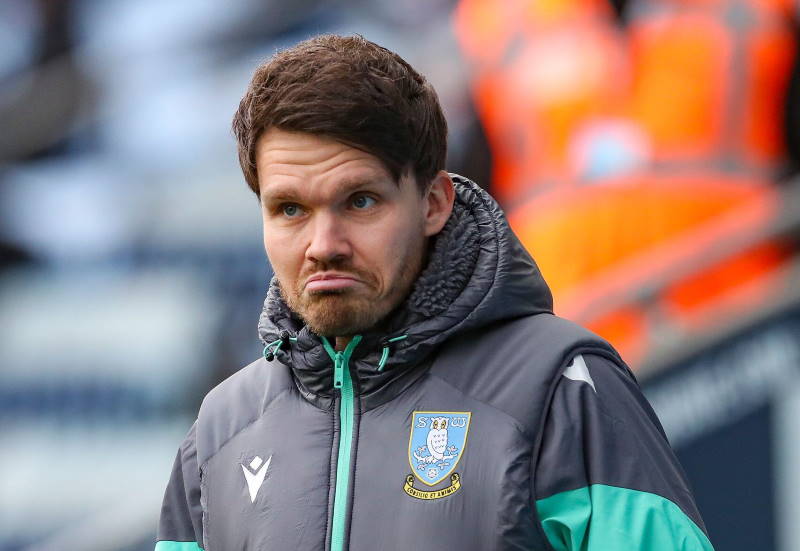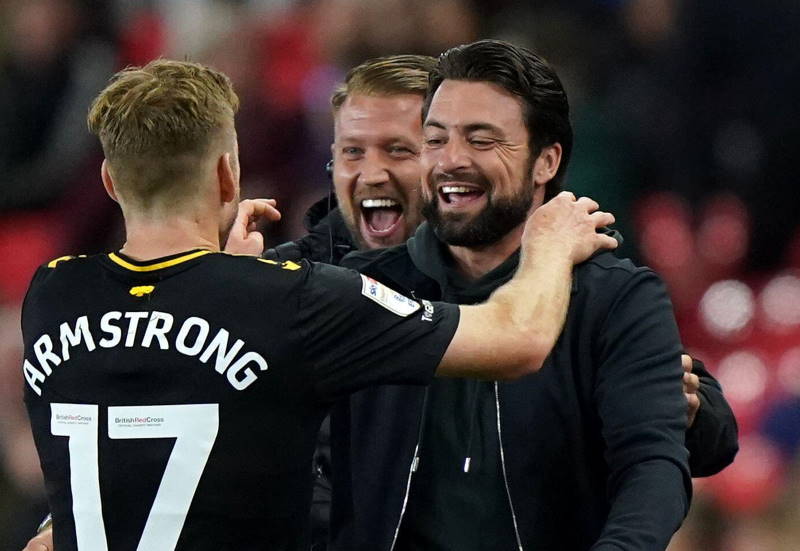
When Diego Armando Maradona held a press conference after his team were completely and utterly destroyed by Germany in the quarter-finals of the 2010 World Cup, “El Diego” was evasive in his response when asked about his future as national team coach of Argentina. He did, however, admit that the sight of seeing Lionel Messi cry after referee Rashvan Irmatov blew the whistle left him moved.
The entire planet watched in astonishment as the man who terrorised Spanish defences last season in La Liga saw an abrupt end to his international tournament. Like him or loathe him, the picture of Messi’s tears falling on to the pitch at the Green Point Stadium is one that will go down in World Cup history.
The current World Player of the Year did send ball after ball to striking partners Gonzalo Higuain and Carlos Tevez, and engineered Argentina’s victories over South Korea and Greece. But he did not score. After 47 league goals, claiming the Pichichi and Alfredo di Stefano trophies in Spanish football during the process, Messi failed to find the back of the net in South Africa.
Defenders who were presented with the dreaded task of marking the Number 10 would have argued that they stopped the little wizard by preventing him from getting his name on the scoresheet, making his tournament a futile one. In reality though, they couldn’t be further away from the truth.
To begin with, talks of Messi not displaying his Barcelona form while away on international duty is now a thing of the past. The La Masia youth product did not turn in one bad performance since the World Cup got under way, and anybody watching the Biancoceleste’s matches could clearly see the passion and determination on the forward’s face whenever he received the ball and was placed under the spotlight.
When many of the bigger countries who failed to perform in South Africa hold their enquiries they will perhaps end up identifying two reasons for their failure: The formation employed and players chosen. Italy boss Marcello Lippi paid the price for ignoring the three best forwards his country had to offer, only because he seemingly had issues with picking them. England supremo Fabio Capello surprisingly employed the predicable 4-4-2 formation, which caused catastrophe for England. And for Brazil, Dunga’s pragmatic approach received criticism because it appeared coupled with a political battle against some of the country’s in-form superstars, including AC Milan pair Alexandre Pato and Ronaldinho.
Maradona also made a mistake with Argentina and it was an error which had direct implications for Messi and his ability to shine. In a 4-2-3-1 formation, Messi could have worked miracles behind the sole striker. However, Maradona’s insistence upon using a diamond midfield in a 4-4-2 greatly damaged Argentina, whose flanks were exposed time and time again by the ruthless, young, and counter-attack efficient Germans. Why wasn’t Esteban Cambiasso, the greatest holding midfielder in the game today, alongside Javier Mascherano as a double pivot? Surely the Inter man could have dealt with the danger of Bastian Schweinsteiger, who simply dissected the two-time world champions. The same goes for Javier Zanetti, who would certainly do a much better job than the scared and anxious Nicolas Otamendi.
The omens were certainly there for football’s greatest ever player to see. Maradona had a great chance to finally pass on the torch to his successor, and elevate him to the pantheon of the game’s gods. That chance has now passed and Lionel Messi will have to watch his Barcelona team-mates with great despair and envy as they surge through the World Cup with Spain.
Argentina failed at this World Cup. Lionel Messi did not. Whatever this World Cup ends up being remembered for, Messi’s status as the best player on the planet has not been challenged. Maradona will return to Buenos Aires with his head down, for once. Messi, on the other hand, can rest assured.

